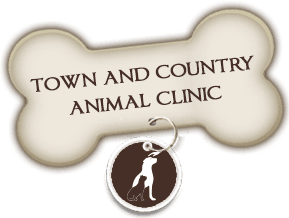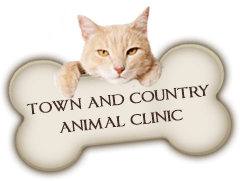Recently we had a client in that lives in Lasalle that was telling us about the coyotes she sees in her yard at night. It prompted us to revisit a blog from a few years ago as it is certainly worth mentioning again.
With the increasing development of homes and highways, there have been more sightings of coyotes in Lasalle and surrounding areas over the last few years. If their other food resources are scarce, coyotes will prey on free-roaming cats and small dogs if given the opportunity. Coyotes may have altercations with large breed dogs which may leave the pet severely injured. They can also be carriers for diseases such as rabies, distemper (canine and feline) and parasites which may be contracted by your pet.
Coyotes are technically considered carnivores and will eat small mammals such as rats, mice, squirrels and rabbits. But coyotes will also eat garbage, compost, fallen fruit, seeds from bird feeders and pet food. Coyote tracks look similar to dogs except their stride is different from a dog. A dog will follow a wondering path where a coyote will walk in a straight path that their gait causes the front paw and the rear paw land in the same spot.
Tips to keep your pets safe from coyotes:
- Keep your cats and dogs indoor from dusk until dawn since coyotes are nocturnal.
- When your cat or dog is outside they should be supervised by a responsible person. Be extra cautious since coyotes can dig under a barrier (such as a fence) to get what they want.
- Coyotes are attracted to garbage, scraps, bird feed, dog food and dog feces. So be sure to keep your yard clean and free of attractants.
- Do not allow your pet to chase a coyote as it will lead to injury or possibly death.
- Have your pets spayed or neutered. Coyotes can mate with female dogs that are intact and can be attracted to their odour during her heat cycle. There have been instances where a male dog was attracted to a female coyote in heat but was then killed by the male coyote.
- Never attempt to feed wildlife. This will cause them to lose their fear of humans and makes them more comfortable in your surroundings.
- Maintain sheds and garages to prevent unwanted rodents (which are prey for coyotes).
- Keep garbage and compost bins securely locked up.
- Do not leave fallen fruit from trees on the ground.
- Do not overfill bird feeders.
- Keep your yard free from branches and overgrown trees and this may be an attracting habitat for coyotes.
If you are ever in a situation where a coyote approaches you, we recommend yelling, waving your arms, throwing rocks and try to make yourself seem larger. Do not run as you will only engage the coyote into a chase. If the coyote is not leaving then you should back away slowly while keeping him in your sight.
For more information check out these websites:
http://www.mnr.gov.on.ca/en/Business/FW/2ColumnSubPage/STDPROD_088721.html
http://www.spca.bc.ca/welfare/wildlife/urban-wildlife/coyotes.html
The resource for the information in this blog was provided by:
http://www.mnr.gov.on.ca/en/Business/FW/2ColumnSubPage/STDPROD_088721.html
http://www.spca.bc.ca/welfare/wildlife/urban-wildlife/coyotes.html








